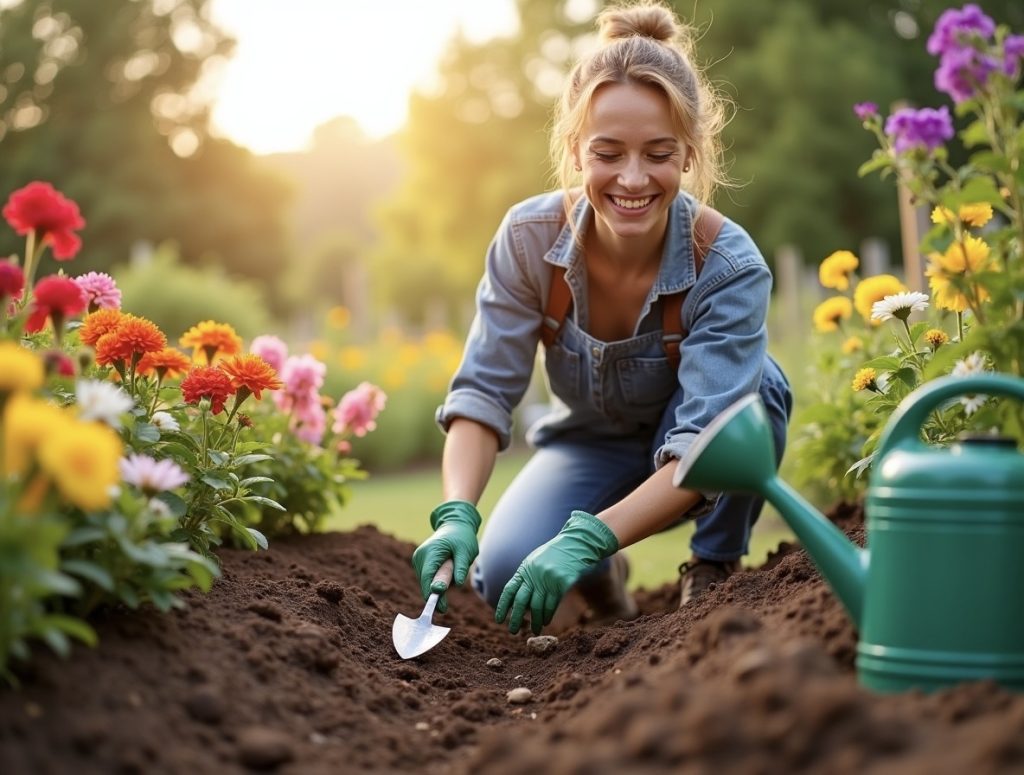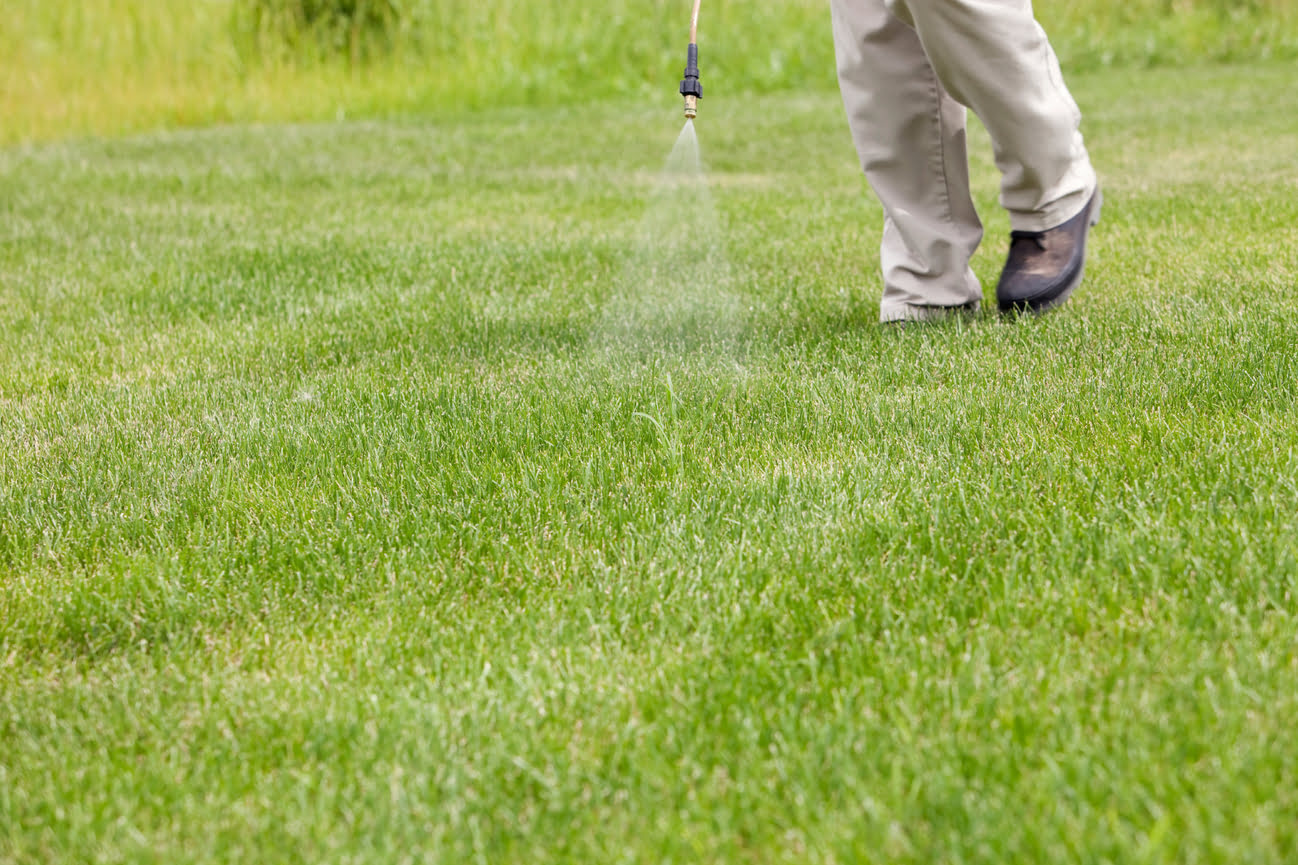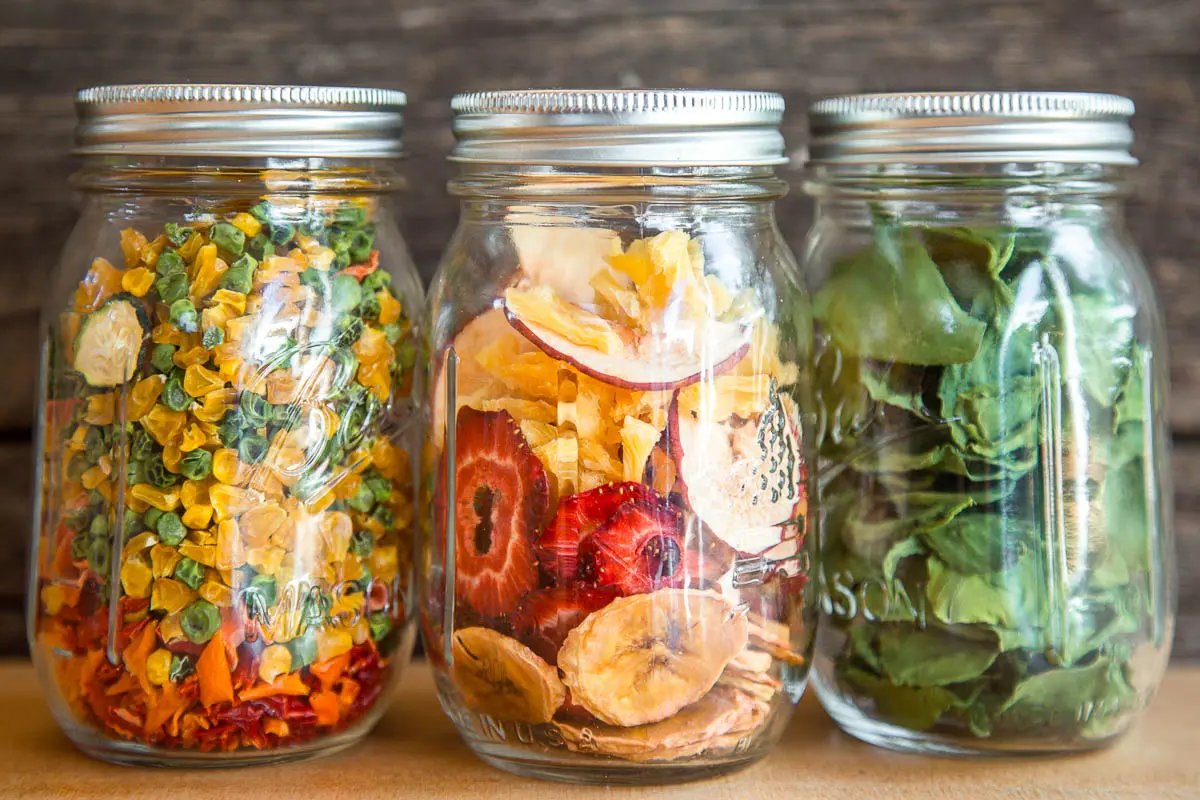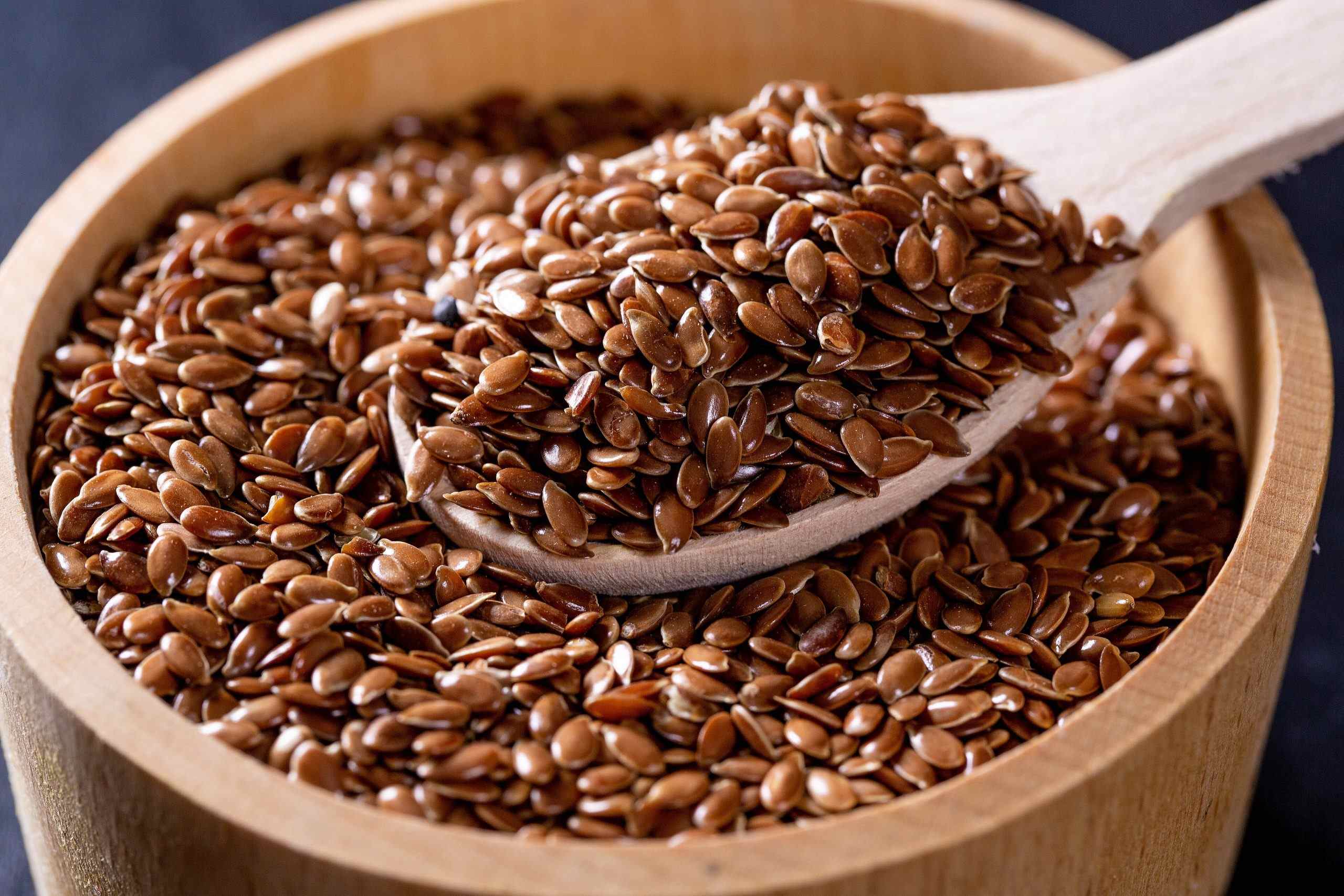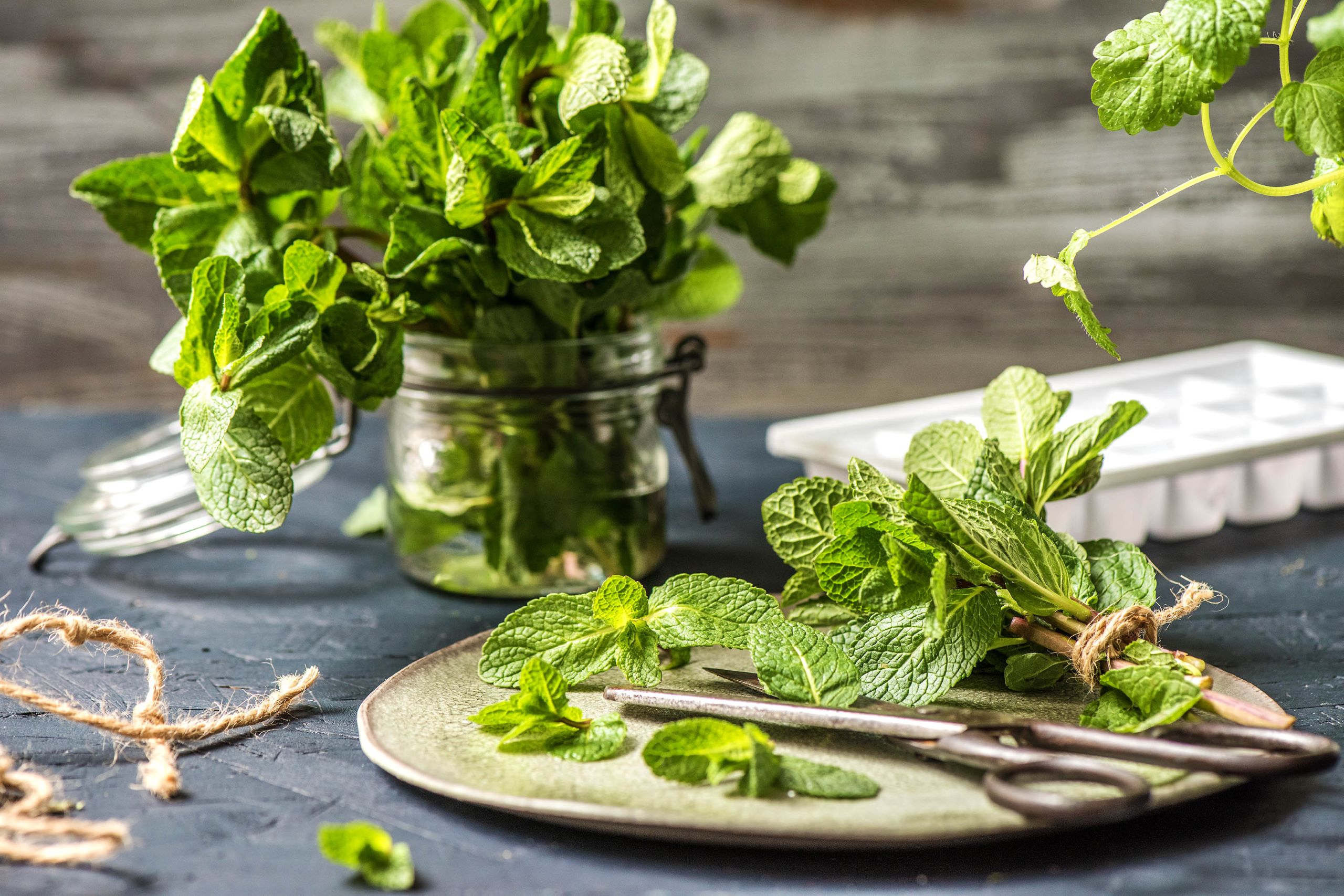Home>Types of Gardening>Ornamental Gardening>How Long Do Sunflowers Last


Ornamental Gardening
How Long Do Sunflowers Last
Published: December 19, 2023
Learn about the lifespan of sunflowers in ornamental gardening. Discover how long sunflowers last and how to keep them thriving.
(Many of the links in this article redirect to a specific reviewed product. Your purchase of these products through affiliate links helps to generate commission for Chicagolandgardening.com, at no extra cost. Learn more)
Table of Contents
**
Introduction
**
Sunflowers, with their vibrant petals and imposing stature, have long captivated gardeners and nature enthusiasts alike. These iconic blooms, known for their heliotropic behavior and impressive size, symbolize adoration, loyalty, and longevity. Understanding the lifespan of sunflowers and the factors that influence their longevity is essential for ornamental gardeners seeking to cultivate these majestic plants.
In this article, we will explore the intriguing world of sunflowers, delving into their lifespan, the factors that impact their longevity, and valuable tips for extending their vibrancy in your garden. Whether you're a seasoned gardener or a novice enthusiast, this comprehensive guide will equip you with the knowledge and insights needed to nurture thriving sunflowers and savor their beauty for as long as possible.
Join us on a journey into the enchanting realm of sunflowers, where we'll uncover the secrets to prolonging their splendor and enhancing the allure of your ornamental garden.
**
Sunflower Lifespan
**
Sunflowers are renowned for their relatively short but impactful lifespan. From the moment the seed is sown, a sunflower undergoes a fascinating journey, evolving through distinct growth stages before reaching its full bloom. Typically, the lifespan of a sunflower from germination to wilting spans approximately 80 to 120 days, although this can vary based on the specific sunflower variety and environmental conditions.
The initial stage of a sunflower’s life is marked by rapid vegetative growth as it develops sturdy stems and broad, lush leaves. During this phase, the plant focuses on establishing a robust foundation to support its impending bloom. As the sunflower matures, it transitions into the budding stage, characterized by the emergence of the iconic flower head. This phase is a pivotal moment in the sunflower’s lifespan, as it prepares to unveil its magnificent bloom to the world.
Once the sunflower reaches full bloom, its radiant petals form a striking display, attracting pollinators and admirers alike. This stage represents the pinnacle of the sunflower’s lifespan, exuding vibrancy and vitality as it basks in the sunlight. Following this glorious display, the sunflower gradually transitions into the seed development phase, where the flower head transforms into a treasure trove of seeds coveted by birds and humans alike.
As the sunflower completes its lifecycle, the petals wilt, and the seeds mature, signifying the end of its blooming phase. Eventually, the flower head bows and dries, indicating that the sunflower has fulfilled its purpose, and its lifecycle draws to a close. While the sunflower’s lifespan may seem fleeting, its impact on the garden and the hearts of those who behold it is enduring.
**
Factors Affecting Sunflower Longevity
**
Several key factors play a pivotal role in influencing the longevity of sunflowers, shaping their growth, resilience, and overall lifespan. Understanding these determinants is crucial for ornamental gardeners seeking to optimize the health and longevity of their sunflowers.
Environmental Conditions: The environment in which sunflowers are cultivated significantly impacts their lifespan. Adequate sunlight, well-drained soil, and optimal temperatures are essential for promoting robust growth and extending the bloom period of sunflowers.
Watering Regimen: Proper watering practices are instrumental in sustaining the vitality of sunflowers. Consistent, moderate watering helps prevent wilting and dehydration, ensuring that the plants remain hydrated and vibrant throughout their lifecycle.
Soil Quality: The composition and fertility of the soil directly influence the longevity of sunflowers. Nutrient-rich soil, supplemented with organic matter, fosters healthy root development and enhances the overall vigor of sunflowers, contributing to prolonged blooming periods.
Pest and Disease Management: Effective pest control measures and disease prevention strategies are critical for safeguarding sunflowers against potential threats that can compromise their longevity. Regular monitoring and prompt intervention are essential for mitigating the impact of pests and diseases on sunflower health.
Sunflower Variety: The specific variety of sunflower being cultivated can impact its lifespan. Certain varieties are bred for prolonged blooming periods, offering extended visual appeal and ornamental value in garden settings.
Pruning and Deadheading: Pruning faded blooms and regularly deadheading spent flowers can stimulate continuous blooming and prolong the overall lifespan of sunflowers, encouraging the development of new buds and blossoms.
Pollinator Presence: The presence of pollinators, such as bees and butterflies, can positively influence sunflower longevity by facilitating efficient pollination and seed development, contributing to the continuation of the plant's lifecycle.
By attentively addressing these influential factors, gardeners can nurture thriving sunflowers with extended lifespans, enriching their ornamental landscapes with the enduring beauty of these iconic blooms.
**
Tips for Extending Sunflower Lifespan
**
Enhancing the longevity of sunflowers entails proactive care and strategic gardening practices. By implementing the following tips, ornamental gardeners can prolong the vibrancy and allure of sunflowers, cultivating a captivating display that endures throughout the growing season.
- Strategic Planting: Select an optimal location with ample sunlight and well-drained soil for planting sunflowers, ensuring that they receive the necessary environmental conditions to thrive.
- Appropriate Watering: Maintain a consistent watering schedule, providing sufficient moisture without waterlogging the soil, to sustain the vigor and resilience of sunflowers.
- Soil Enrichment: Prior to planting, amend the soil with organic matter and a balanced fertilizer to fortify its nutrient content, fostering robust growth and enhancing the longevity of sunflowers.
- Integrated Pest Management: Implement proactive pest control measures, such as companion planting and natural predators, to mitigate pest infestations and preserve the health of sunflowers.
- Prudent Pruning: Regularly remove fading blooms and conduct selective pruning to encourage continuous flowering and prolong the overall blooming period of sunflowers.
- Pollinator Attraction: Cultivate a pollinator-friendly garden by incorporating nectar-rich plants and providing a habitat conducive to pollinator activity, facilitating effective pollination for sunflowers.
- Supportive Structures: Utilize stakes or trellises to support tall sunflower varieties, preventing stem breakage and enhancing the stability of the plants throughout their growth and blooming stages.
- Monitoring and Maintenance: Vigilantly monitor sunflowers for signs of stress, disease, or nutrient deficiencies, and promptly address any issues to sustain their vitality and extend their lifespan.
By integrating these practical tips into their gardening routines, enthusiasts can nurture resilient and long-lasting sunflowers, transforming their outdoor spaces into captivating havens adorned with the enduring beauty of these iconic blooms.
**
Conclusion
**
The captivating journey of sunflowers, from germination to wilting, encompasses a remarkable display of natural beauty and resilience. As ornamental gardeners, understanding the intricacies of sunflower lifespan and the influential factors that shape their longevity empowers us to cultivate thriving sunflowers that grace our gardens with enduring splendor.
By embracing strategic planting practices, nurturing the soil, and implementing proactive care routines, we can extend the lifespan of sunflowers, allowing these majestic blooms to flourish and captivate our senses for an extended duration. From the vibrant bloom to the maturation of seeds, each stage of the sunflower’s lifecycle offers a testament to nature’s artistry and the profound impact of these iconic flowers on our outdoor landscapes.
As we tend to our sunflowers with care and dedication, we witness the profound resilience and timeless allure of these botanical marvels. Their vibrant hues and towering presence serve as a testament to the enduring beauty found in nature’s embrace, enriching our lives and infusing our gardens with a sense of wonder and vitality.
May the insights shared in this guide inspire you to embark on a journey of sunflower cultivation, where each blossom becomes a testament to the enduring splendor and resilience of these beloved botanical treasures.
